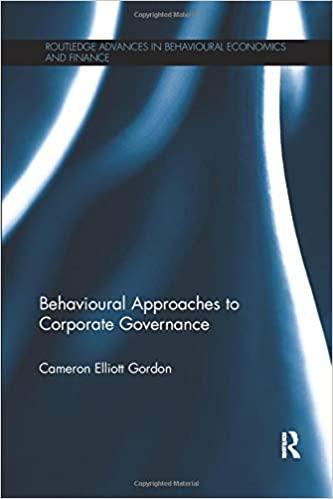Answered step by step
Verified Expert Solution
Question
1 Approved Answer
My company and its investors are considering putting in an offer on an office building located in the suburbs of Grand Rapids. The property /
My company and its investors are considering putting in an offer on an office building located in the suburbs of Grand Rapids. The propertybuilding has the following attributes:
square feet of total rentable space on three floors with each floor offering square feet of rentable space. There are a total of suites ranging in size from square feet to square feet. The building was built in
fully leased No current vacancy While the building is fully occupied as of now, there is some risk that tenants will vacate as the office market continues to soften postCovid. To account for the risk of turnover or tenants struggling to pay their rent, we will incorporate a turnovervacancy loss in our estimates. This loss will lower our overall revenues for the property.
Rental rates vary depending on floor. floor averages $; floor average $ and the floor averages $ sqftyr Rental rates are projected to increase annually by
Operating expenses for the building are as follows: Property Management Fees of $ Common Area Expenses including watersewerage are $ property taxes are $ and insurance expenses are $ sqftyr Gas and Electric expenses are paid directly by the tenants through their own separate meters. The building operating expenses above are projected to increase per year for the entire analysis period.
Because this is an office building, the Tenants all have Gross leases Landlord is responsible for all operating expenses except for the utility expenses which are paid directly by the tenants.
The existing lease terms vary and there is some evidence from our due diligence efforts that collections will be an issue with a few tenants. We will assume an additional bad debtcollection reserve of of the total net revenues as bad debt expense for our analysis.
Given its recent construction, the building is in decent shape from a deferred maintenance standpoint so we will only reserve $ for building related capital expenditures. This deferred maintenance assumption will increase by $
We do not anticipate any other nonoperational or ancillary income like interest income but we do feel our legal and accounting costsexpenses will be approximately $ per year.
To account for upcoming vacancy issues and the replacement costs of tenants, we will establish a tenant improvement and lease commission reserve of $ and this will increase by $sqftyr
The property is listed at $ million. We would project holding the building for years and selling the building after the five year period for $ million.
Purchase costs will total $ and Sales Costs will total $
For simplicity, we will assume that depreciation will be determined using straightline depreciation over a year time period. Assume a tax rate of
DebtEquity Info:
LTV Loan to Value. Loan amount will total and not exceed $
The remainder of the funds needed to purchase will be equity funds from a pool of investors who seek a return on their equity of
The debt is an Interest only debt arrangement
interest rate
From this information, I would like you to do the following:
Develop a full five year projected income statement pro forma" for this project,
Determine the cash flow generated by this project for each of the five operational years,
Determine how much equity is needed to buy the property in Year
Determine the cost of capital we should use to assess the purchase of this property,
Determine the net proceeds from selling the property after five years of operations Watch out for tax implications and
Using NPV and IRR, determine if this property is a good buy for our company and investors.

Step by Step Solution
There are 3 Steps involved in it
Step: 1

Get Instant Access to Expert-Tailored Solutions
See step-by-step solutions with expert insights and AI powered tools for academic success
Step: 2

Step: 3

Ace Your Homework with AI
Get the answers you need in no time with our AI-driven, step-by-step assistance
Get Started


